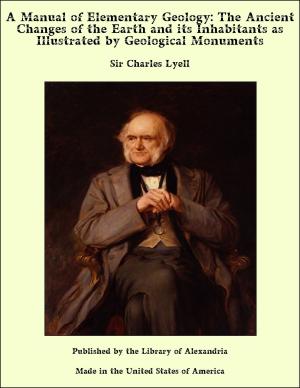The Story of the Pullman Car
Nonfiction, Religion & Spirituality, New Age, History, Fiction & Literature| Author: | Joseph Husband | ISBN: | 9781465602497 |
| Publisher: | Library of Alexandria | Publication: | March 8, 2015 |
| Imprint: | Language: | English |
| Author: | Joseph Husband |
| ISBN: | 9781465602497 |
| Publisher: | Library of Alexandria |
| Publication: | March 8, 2015 |
| Imprint: | |
| Language: | English |
Since those distant days when man's migratory instinct first prompted him to find fresh hunting fields and seek new caves in other lands, human energy has been constantly employed in moving from place to place. The fear of starvation and other elementary causes prompted the earliest migrations. Conquest followed, and with increasing civilization came the establishment of constant intercourse between distant places for reasons that found existence in military necessity and commercial activity. For centuries the sea offered the easiest highway, and the fleets of Greece and Rome carried the culture and commerce of the day to relatively great distances. Then followed the natural development of land communication, and at once arose the necessity not only for vehicles of transportation but for suitable roads over which they might pass with comfort, speed, and safety. Over the Roman roads the commerce of a great empire flowed in a tumultuous stream. Wheeled vehicles rumbled along the highways—heavy springless carts to carry the merchandise, lightly rolling carriages for the comfort of wealthy travelers. The elementary principle still remains. The wheel and the paved way of Roman days correspond to the four-tracked route of level rails and the ponderous steel wheels of the mighty Mogul of today. In speed, scope, capacity, and comfort has the change been wrought. The English stagecoach marked a sharp advance in the progress of passenger transportation. With frequent relays of fast horses a fair rate of speed was maintained, and comfort was to a degree effected by suspension springs of leather and by interior upholstery.
Since those distant days when man's migratory instinct first prompted him to find fresh hunting fields and seek new caves in other lands, human energy has been constantly employed in moving from place to place. The fear of starvation and other elementary causes prompted the earliest migrations. Conquest followed, and with increasing civilization came the establishment of constant intercourse between distant places for reasons that found existence in military necessity and commercial activity. For centuries the sea offered the easiest highway, and the fleets of Greece and Rome carried the culture and commerce of the day to relatively great distances. Then followed the natural development of land communication, and at once arose the necessity not only for vehicles of transportation but for suitable roads over which they might pass with comfort, speed, and safety. Over the Roman roads the commerce of a great empire flowed in a tumultuous stream. Wheeled vehicles rumbled along the highways—heavy springless carts to carry the merchandise, lightly rolling carriages for the comfort of wealthy travelers. The elementary principle still remains. The wheel and the paved way of Roman days correspond to the four-tracked route of level rails and the ponderous steel wheels of the mighty Mogul of today. In speed, scope, capacity, and comfort has the change been wrought. The English stagecoach marked a sharp advance in the progress of passenger transportation. With frequent relays of fast horses a fair rate of speed was maintained, and comfort was to a degree effected by suspension springs of leather and by interior upholstery.















